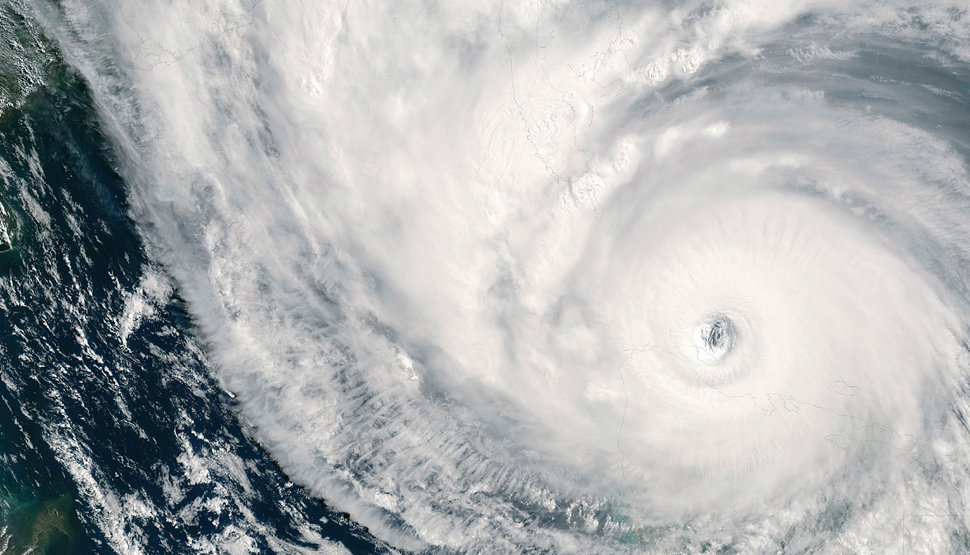The Australian Dream: Committee finds opportunities to improve housing affordability and supply
THE House of Representatives Standing Committee on Tax and Revenue has today released its report titled The Australian Dream: inquiry into housing affordability and supply in Australia.
The report follows a seven-month parliamentary inquiry in which the committee heard from the Australian Federal Government, state and local governments, industry groups, peak bodies, think tanks, academics, economists, unions, and the general public. In its report, the committee makes 16 recommendations to improve housing supply and affordability across the country.
Chair of the committee, Jason Falinski MP said, "It should not need to be stated, but home ownership matters. It matters for reasons as diverse as wealth equality, mental health, childhood outcomes and democratic stability.
"But at the end of our months-long investigation, it does need to be reasserted that our nation was founded to be a classless society in which everyone got a chance to own their own home.
"The primary driver of growing house prices is the lack of market response. We need to reform broken planning systems, fix inefficient regulation, and stop new home buyers unfairly bearing the brunt of taxes and charges that are designed to raise funds, not living standards.
"This report identifies opportunities for all levels of government to unlock more housing supply, create more affordable homes and increase home ownership," Mr Falinski said.
Many of these recommendations focus on increasing housing supply. By recommending the Australian Government implement policies which financially incentivise state and local governments to adopt better planning and property administration practices, upwards pressure on supply will be mitigated. Further, incentivising state and local governments to directly tie taxes and levies to actual and meaningful infrastructure improvements will also serve to mitigate this upward pressure.
The committee is cognisant of the fact that a housing deposit is the largest barrier for first home buyers. Therefore, one of the key recommendations is that first home buyers be allowed to use their superannuation assets as security for a home loan. The report also makes recommendations regarding emerging housing models in Australia, including rent-to-own and build-to-rent housing.
It is evident that there are serious and large-scale issues in Australia’s housing market. In many parts of the country, an increasing number of Australians are struggling to buy a home, find an affordable rental property that meets their needs, and afford housing costs. Meanwhile, home ownership rates continue to fall. This situation has severe implications for us now and future generations.
The committee said it hoped this report would pave the way for effective government action and cooperation to address this critical issue, and has thanked all of those who contributed to the inquiry.
A full copy of the committee’s report can be found on the Inquiry’s website.
ends


